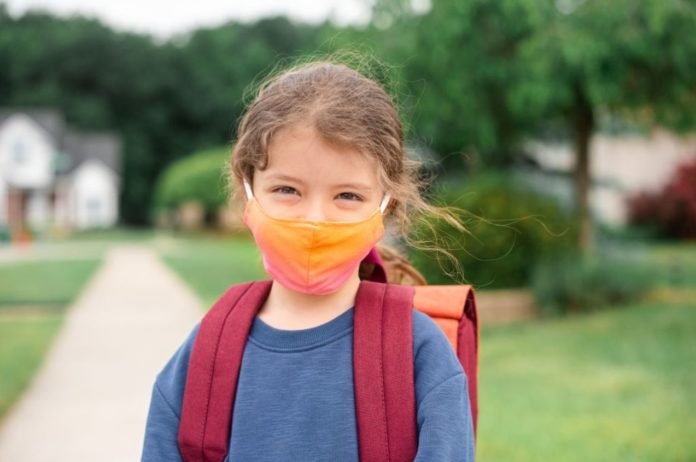Is there a link between COVID-19 and severe gastrointestinal symptoms in kids?
Severe gastrointestinal (GI) manifestations in children with COVID-19 have been documented occasionally; nevertheless, their prevalence and clinical prognosis are unknown.
In this study, Children with COVID-19 who present with severe GI symptoms were studied to determine the clinical, radiological, and histopathologic characteristics of the children and factors associated with a bad outcome.
In a multicenter retrospective cohort study conducted from February 25, 2020, to January 20, 2021, children (aged <18) with acute SARS-CoV-2 infection, confirmed by positive real-time reverse transcriptase–polymerase chain reaction on nasopharyngeal swab or meeting the criteria for multisystem inflammatory syndrome in children (MIS-C) as defined by the United States Centers for Disease Control and Prevention were enrolled.
The investigation was carried out by doctors working in primary care or hospitals in Italy who were members of the Italian Society of Pediatric Infectious Diseases’ COVID-19 Registry.
There were 685 children in total (386 boys [56.4%]; median age, 7.3 [IQR, 1.6-12.4] years). Six hundred and twenty of these youngsters (91.7%) were diagnosed with acute SARS-CoV-2 infection and 57 (8.3%) with MIS-C.
The presence of GI symptoms was linked to an increased risk of hospitalization (OR, 2.64; 95% CI, 1.89–3.69) and intensive care unit admission (OR, 3.90; 95% CI, 1.98–7.68).
Overall, 65 children (9.5 percent) had severe GI involvement, including diffuse adenomesenteritis (39.6%), appendicitis (33.5%), abdominal fluid collection (21.3%), pancreatitis (6.9%), or intussusception (4.6%). Twenty-seven (41.5%) of the 65 children underwent surgery.
Severe GI symptoms were linked with age (5-10 years: OR, 8.33; 95 percent CI, 2.62-26.5; >10 years: OR, 6.37; 95% CI, 2.12-19.1, compared with preschool-age), abdominal discomfort (aOR, 34.5; 95% CI, 10.1-118), lymphopenia (aOR, 8.93; 95% CI, 3.03-26.3), or MIS-C. (aOR, 6.28; 95% CI, 1.92-20.5).
Diarrhea was linked to an increased risk of adenomesenteritis (aOR, 3.13; 95% CI, 1.08-9.12) or abdominal fluid collection (aOR, 3.22; 95% CI, 1.03-10.0).
In simple words, the study discovered that approximately 1 in 10 children experience severe gastrointestinal symptoms, which are frequently associated with the multisystem inflammatory syndrome associated with COVID-19 infection.
Source: 10.1001/jamanetworkopen.2021.39974
Image Credit: Getty
You were reading: 1 in 10 children with COVID-19 develop severe gastrointestinal symptoms
